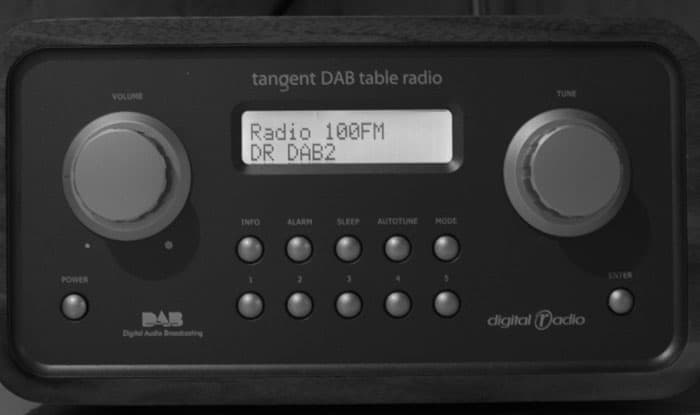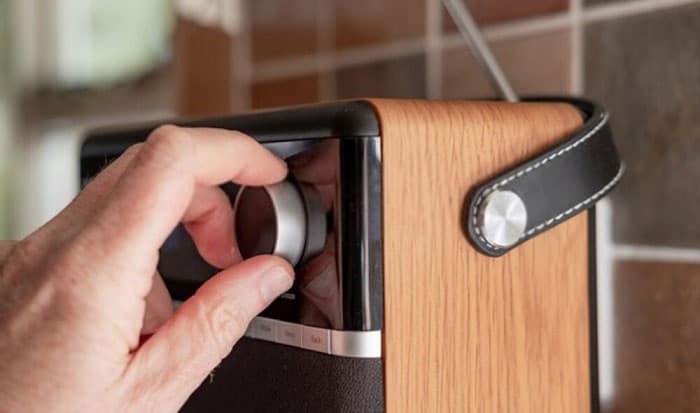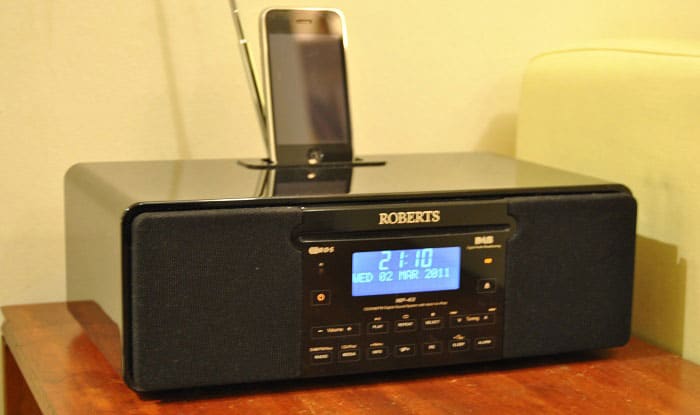Are you new to the niche world of DAB radios and are a bit clueless? If yes, do not worry. You are not alone. Even the most professional radio users started from scratch. It can be a bit intimidating, but rest assured that you can learn everything there is to know about DAB radios in today’s article.
We will cover the essential information, from DAB sound to DAB stations. From there, you will be able to answer “What is a DAB radio?” by yourself.
So, go ahead and tune in!
Table of Contents
Everything You Need to Know About DAB Radio
“DAB” is short for digital audio broadcasting, and is a standard for broadcasting radio services. Hence, radios that meet this standard are referred to as DAB radios.
This term is mostly used in Europe, but it is sometimes also used in Asia and Africa. Roughly 40 countries use DAB, but there is no DAB in USA. DAB stands alongside DMB, DRM, and ISDB-Tb in the radio realm.
Now that we know the DAB radio meaning, let’s take a look at its history.
The History of DAB Radios
Research and development for DAB began at the Institut für Rundfunktechnik (IRT) in 1981. In 1985, the initial DAB demonstrations took place at the WARC-ORB, and transmissions were later made in Germany.
Then, in 1987, DAB became a European Union (EUREKA) project. DAB was based on orthogonal frequency division multiplexing (OFDM) modulation, which is a modern wideband digital transmission scheme.
In 1993, UK public demonstrations were made, and the protocol specification was finalized in the same year. Two years later, there were pilot broadcasts in several countries.
Later, around 2006, the DAB+ system was introduced. It is an upgrade of the DAB system. DAB+ adopted a more powerful AAC+ audio codec and error correction coding using an MDCT audio data compression algorithm.
On top of that, DAB+’s new audio format is MPEG Surround.
DAB radio took flight in 2006, starting with a coverage area of 500 million people. In 2006, worldwide there were 1,000 DAB stations. Finally, by 2018, over 68 million DAB receivers have been sold, and over 2,270 DAB radio stations were in operation.
Apart from DAB+, DAB has other “family members”: DMB and DAB-IP, both of which are compatible with mobile radio and TV.
You can learn more about DAB+ here.
The Use of DAB Radios
Moving on, let’s look at the pros and cons of using DAB.
Pros
- DAB can use the same radio frequency channel more densely. Although it is not as efficient as analogue radios in terms of programs per MHZ, it is less likely to be affected by cross talk or co-channel interference.
- DAB, particularly in rural areas, gives radio listeners more choice of radio stations.
- DAB broadcasts audio with minimal signal noise and multipath fading, which are very apparent in analogue radios. In addition, there are fewer chances of encountering a weak signal, crackling, or hissing, as can happen on FM systems.
- DAB effectively blocks unlicensed or private stations from broadcasting.
- DAB transmission includes the local time, so any device can use it to adjust its internal clock when going between time zones.
- DAB can carry “text” of up to 128 characters and provide real-time information about music type, song titles, traffic updates, or news. The “text” is precisely called DLS, which is an abbreviation for Dynamic Label Segment.
- DAB automatically scans stations across the entire frequency range to list out all the stations for users to choose.
Cons
- DAB uses higher frequencies than FM. So, it needs more transmitters to attain the same coverage as a FM transmitter.
- DAB’s audio quality can sometimes be compromised because of the compression used by stations.
- DAB does not work well with live events, including live commentaries.
- DAB can be expensive for individual or local stations in small communities to operate.
- Portable DAB/DAB+ receivers use more energy than analogue receivers.
Finally, for a complete understanding of DAB radios, here is a section dedicated to frequently asked questions.
Which Countries Use DAB?
As briefly mentioned earlier, about 40 countries use DAB and DAB+. DAB bands that are provided publicly are named T-DAB. Of the 40 countries, though, the U.S is not included.
In other words, DAB+ USA is also non-existent. This is because the U.S thinks its large land mass poses challenges in controlling stations on a national DAB band.
Furthermore, DAB radios are more expensive to market to consumers.
How Does DAB Compare With FM? (DAB FM Comparison)
Compared to FM, DAB radios offer more consistent performance for listeners on-the-move. Its signal is more reliable, especially over longer distances. Plus, it has more channels to choose from. A DAB radio signal can carry up to six programs, and users have a selection of channels even on the same frequency.
However, because DAB broadcasts are compressed and their audio quality rely on bit rate, in practice, they may offer lower audio quality than FM broadcasts.
Moreover, unlike FM stations, DAB stations tend to have only mono broadcasts. Still, when it comes to signal issues, DAB is less likely to get hissing or crackling. Also, DAB radios are unaffected by external factors, like planes flying overhead.
Historically, DAB radios were much more expensive than FM radios. However, today, the price difference is subtle. There are plenty of low-budget DAB radios that you can find both online and offline.
Conclusion
Now, you have the information that you need to answer “What is a DAB radio?” Hopefully, this post has been both helpful and interesting. In case you still have lingering questions or thoughts, reach out to us in the comments below

Hi, I am Amaro Frank – the Wind Up Radio’s content editor and writer. Working with Adam is so much fun, as his stories and experiences enrich my knowledge about radio communications and radio accessories. My main tasks in Wind Up Radio are building content and generating great articles on different topics around radio accessories.




